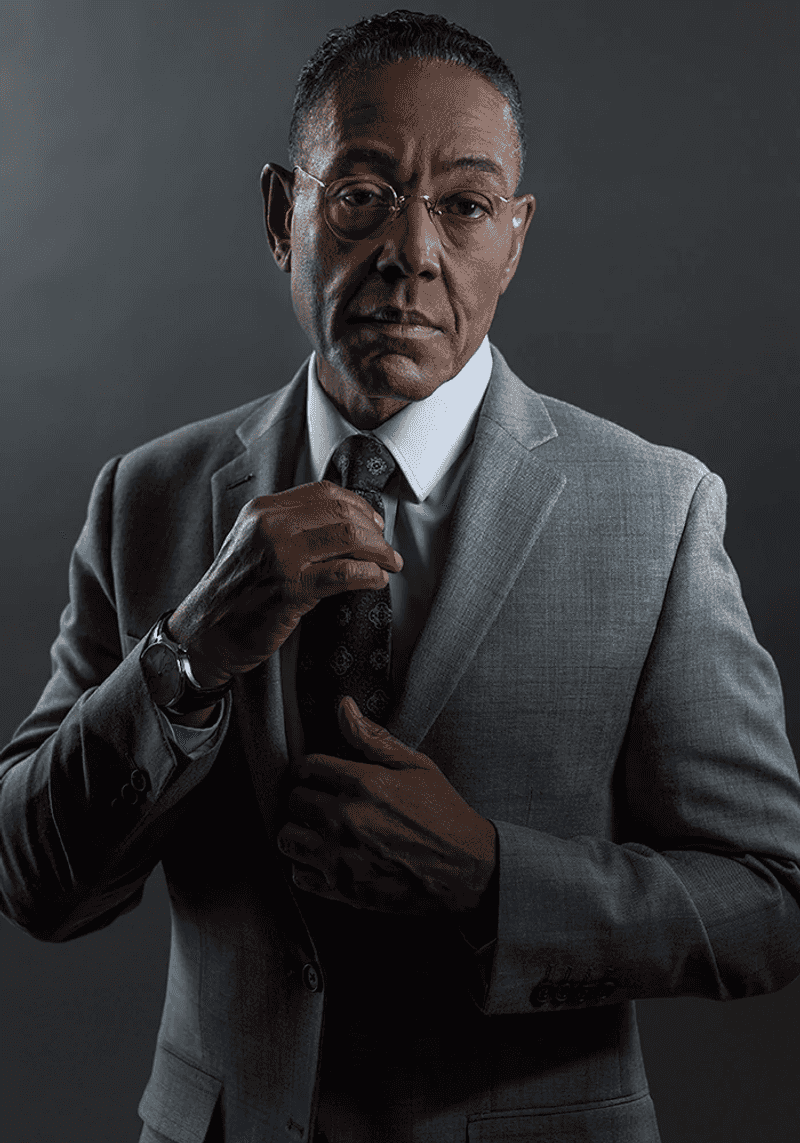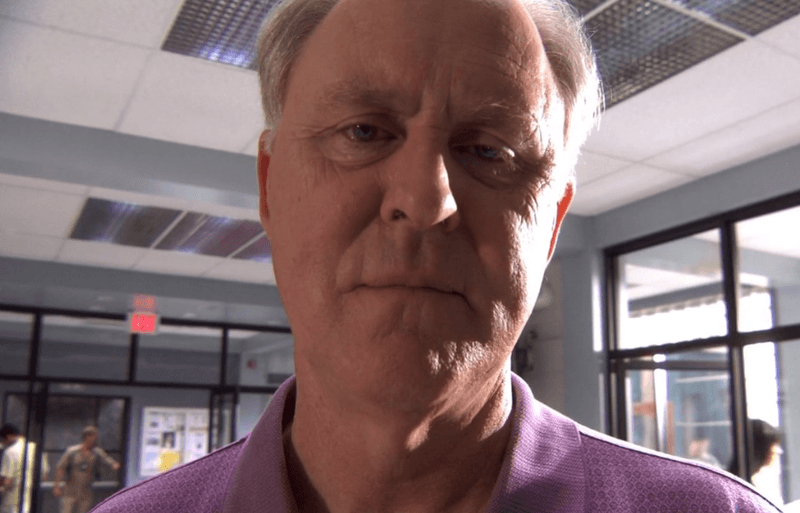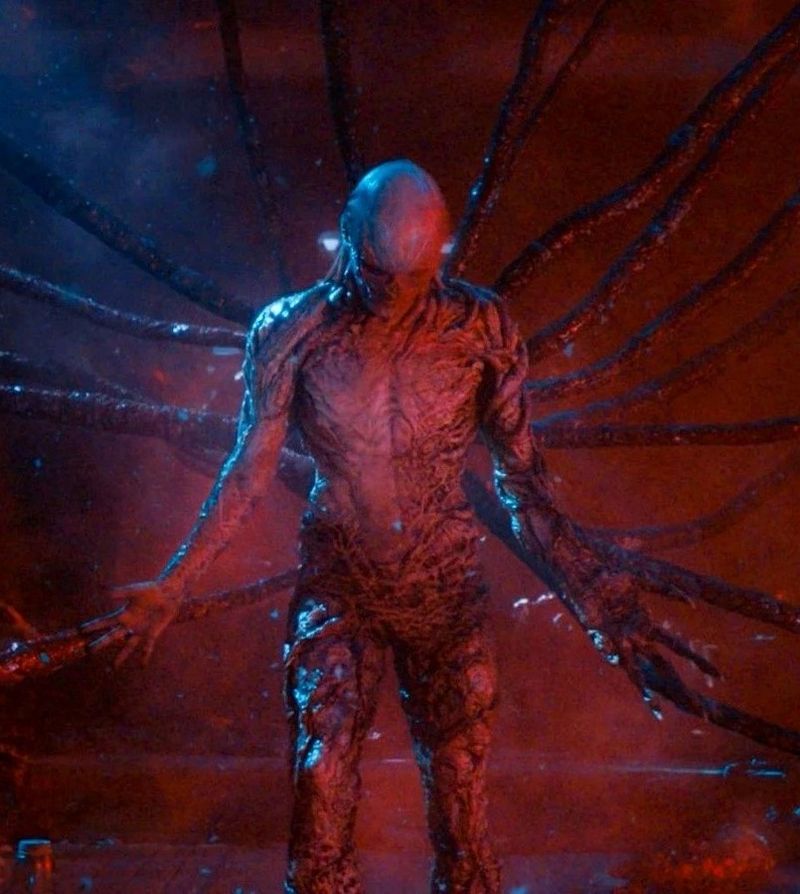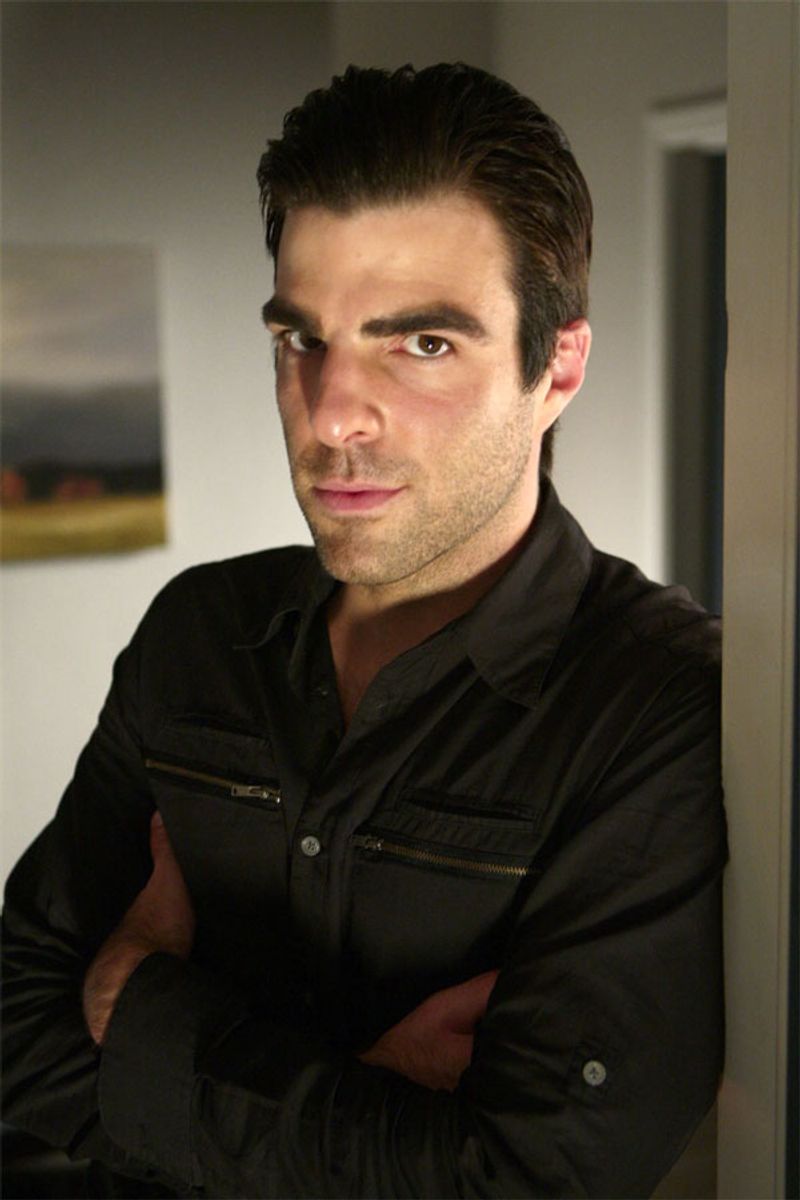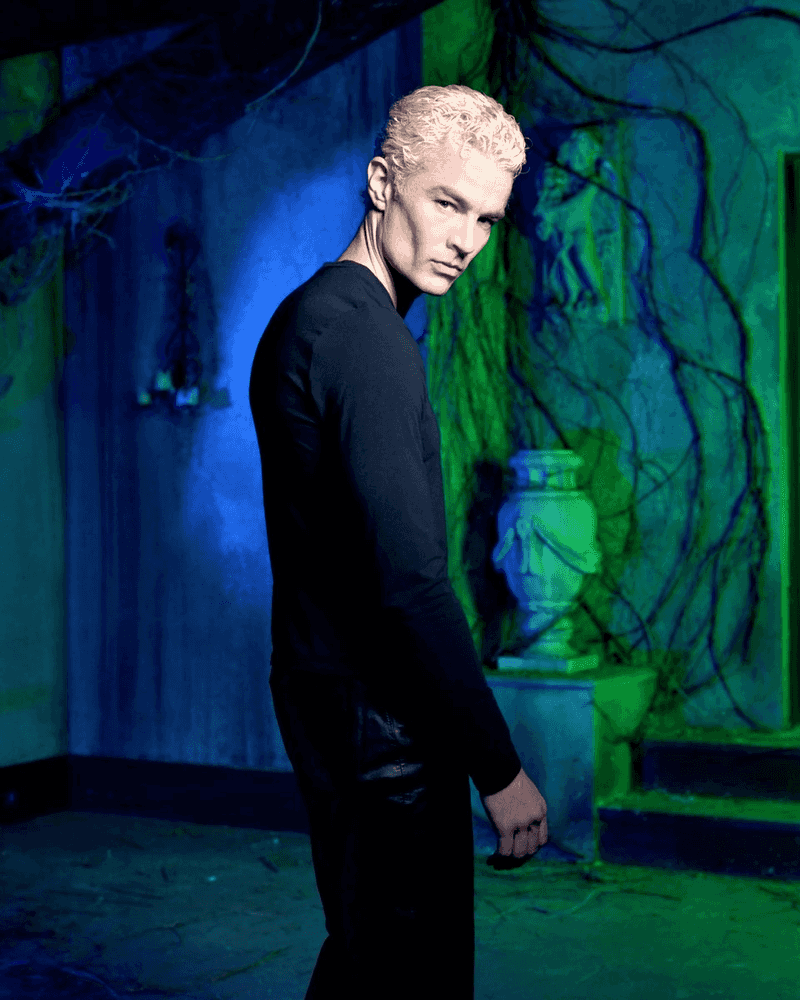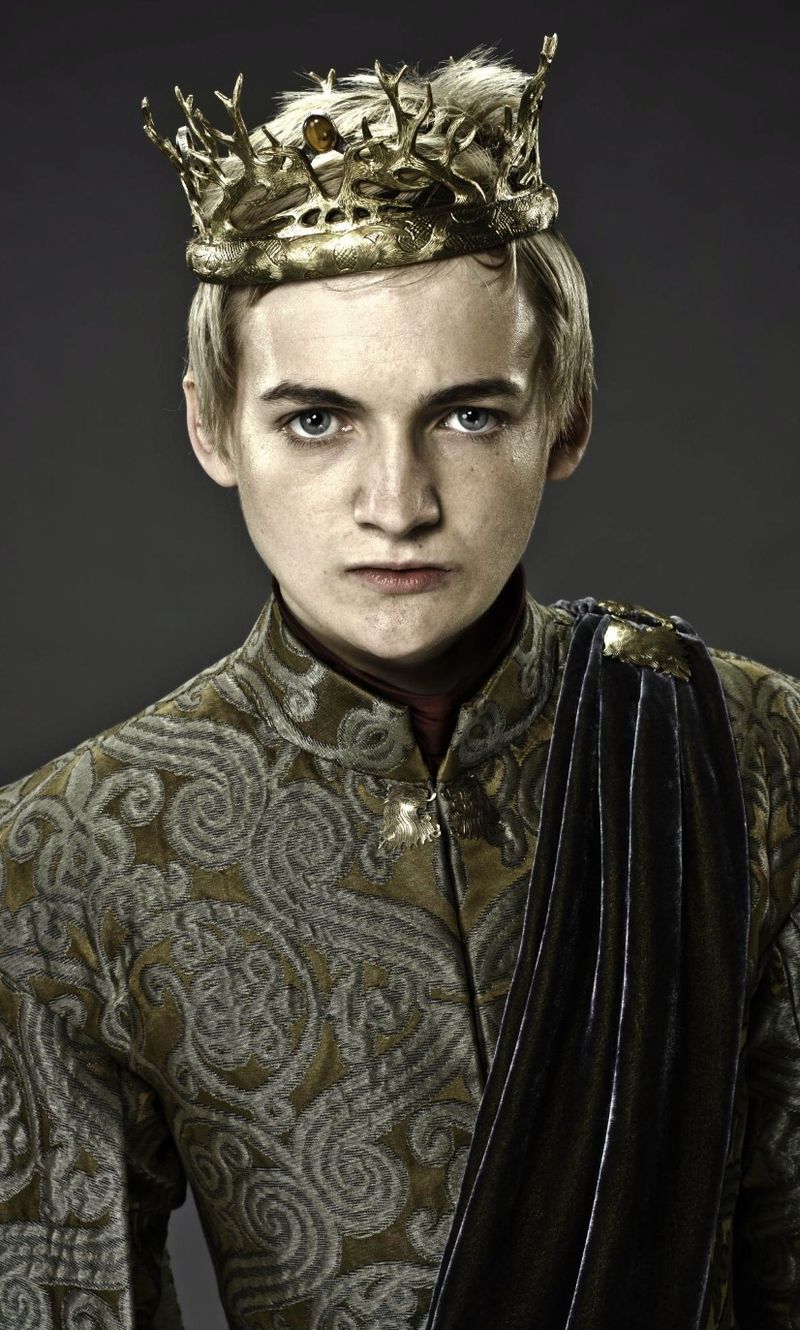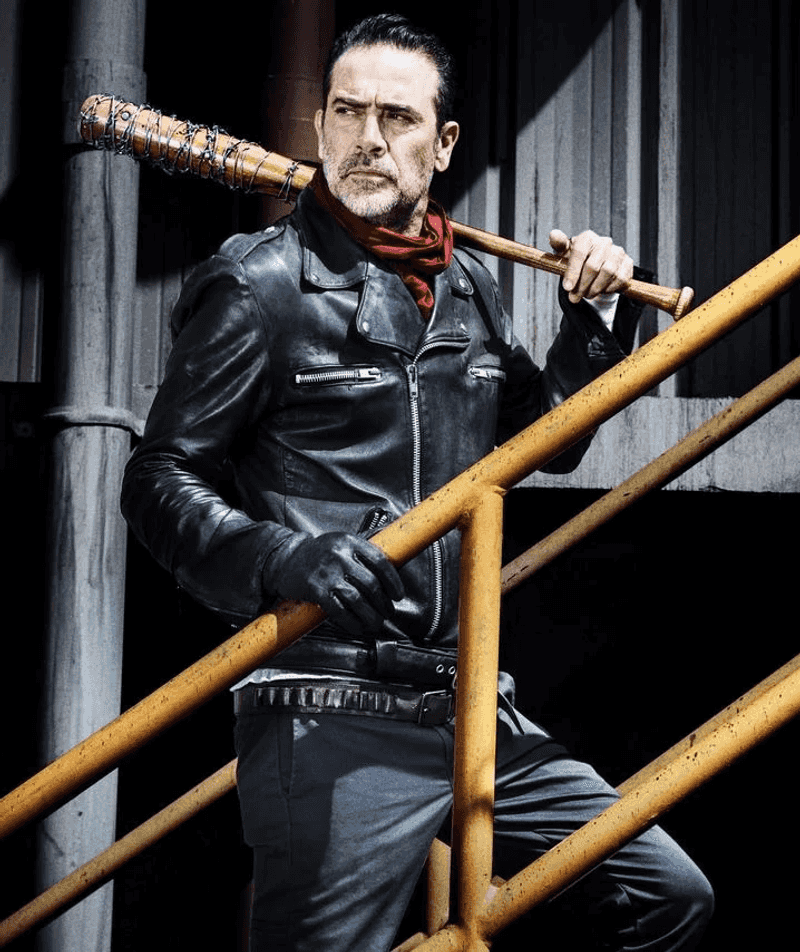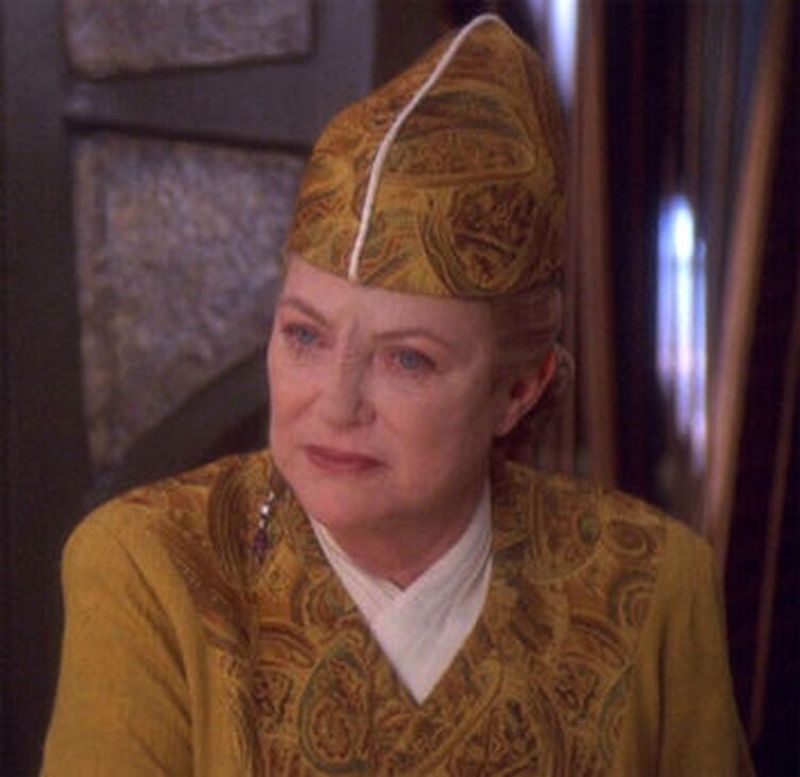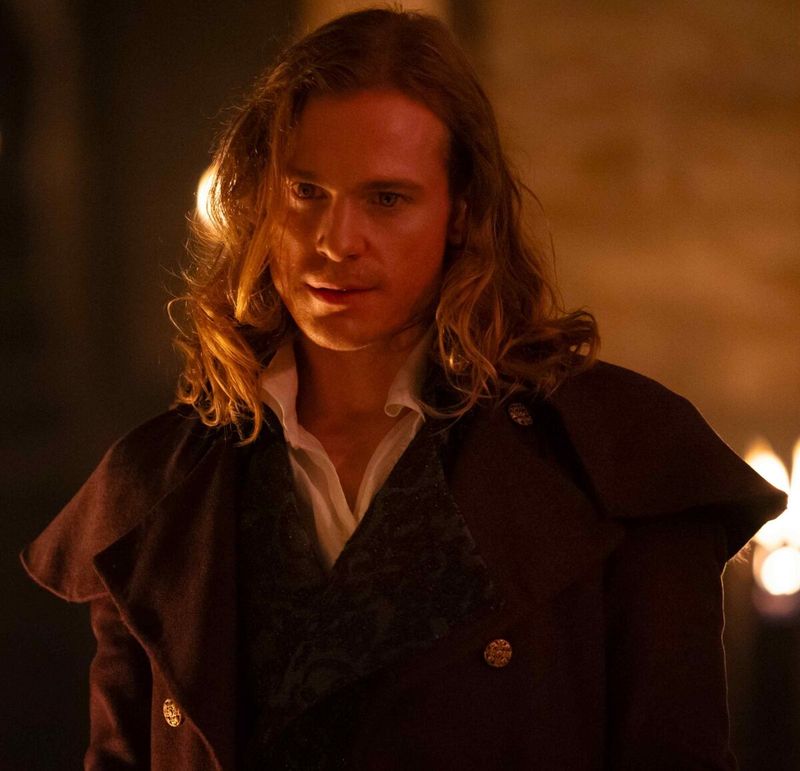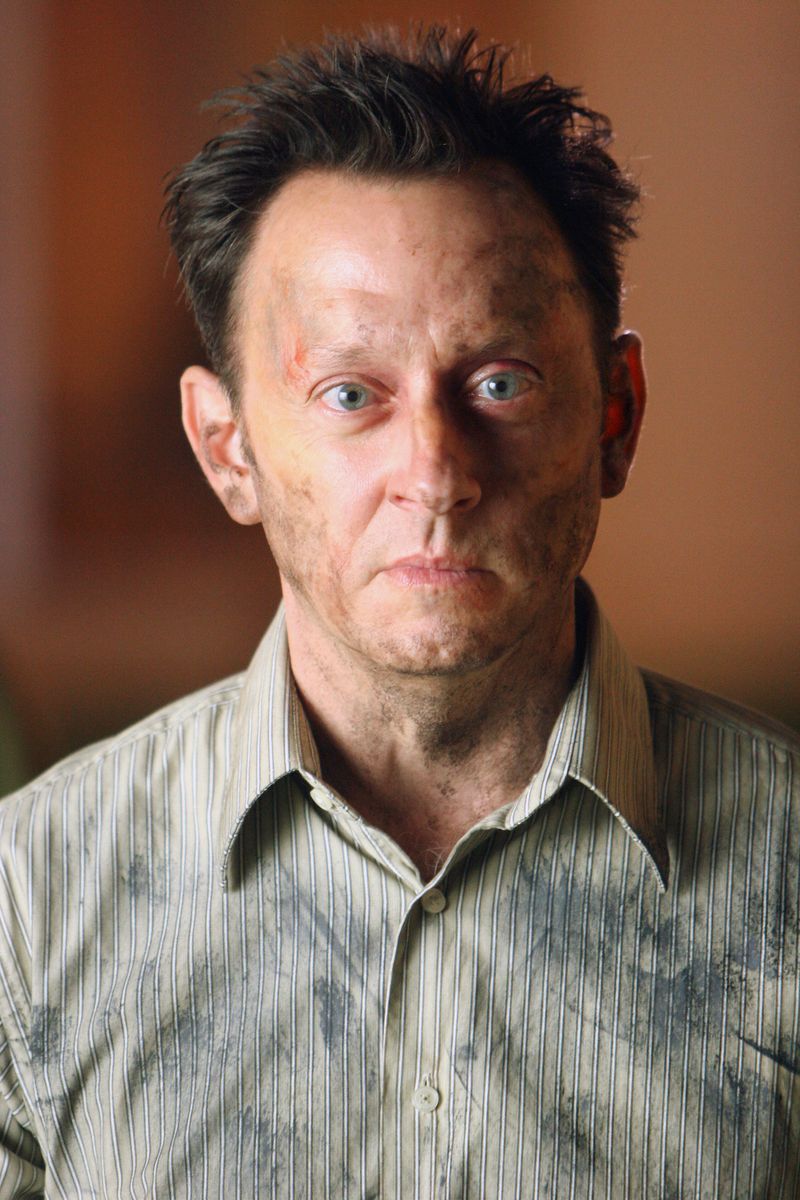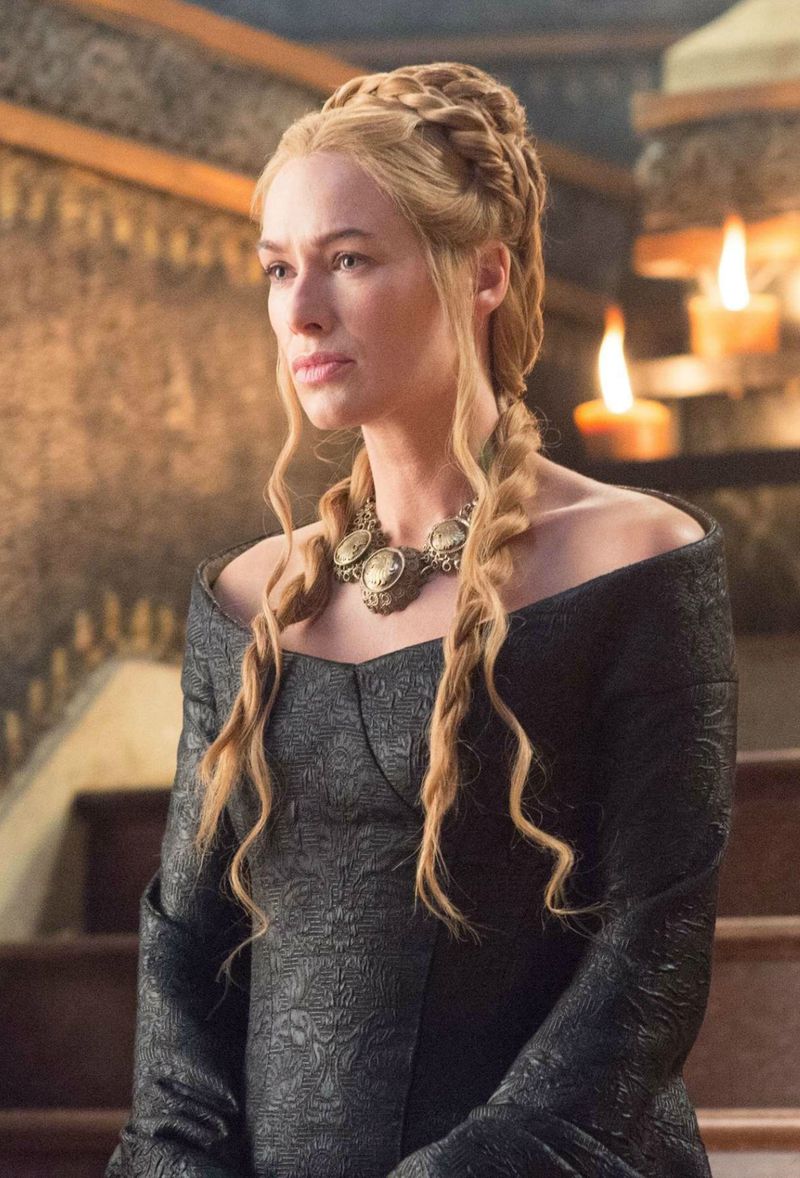Television’s most unforgettable characters aren’t always the heroes. Sometimes, the villains steal the spotlight with their complex motivations, charismatic personalities, and unpredictable actions. These antagonists transform from characters we love to hate into characters we simply love watching. Their magnetic presence often becomes the driving force that keeps us coming back episode after episode, sometimes even outshining the protagonists they oppose.
1. Gus Fring – The Fast Food Kingpin with a Deadly Secret
Behind the pressed shirt and pleasant smile of Los Pollos Hermanos’ owner lurked one of television’s most terrifying drug lords. Giancarlo Esposito’s performance made Gus Fring unforgettable through his chilling restraint rather than typical villain theatrics.
What made Fring so captivating was the contrast between his meticulous public persona and his ruthless criminal enterprise. His ability to switch between cordial businessman and cold-blooded killer without changing his expression created unbearable tension in every scene.
Even after his explosive demise in Breaking Bad, fans celebrated his return in Better Call Saul, proving that sometimes the villain becomes the character we’re most invested in seeing.
2. Arthur Mitchell – The Family Man with a Dark Passenger
John Lithgow’s portrayal of the Trinity Killer brought Dexter its most formidable and fascinating adversary. Arthur Mitchell appeared to be a loving family man and respected community member, but harbored a horrifying ritual of murder spanning decades.
What made Mitchell so compelling was how he mirrored Dexter’s own struggle with duality. Unlike previous killers on the show, Trinity had maintained both a family life and his murderous urges for years—something Dexter himself desperately wanted to achieve.
Their psychological chess match culminated in one of television’s most devastating finales, cementing Trinity as not just a villain, but the catalyst for Dexter’s most profound character development.
3. Vecna – The Psychological Horror from the Upside Down
Stranger Things finally delivered its ultimate big bad in Vecna, a villain whose psychological warfare elevated the entire series. Unlike the mindless Demogorgons before him, Vecna targeted his victims through trauma, creating a more intimate and disturbing threat.
Jamie Campbell Bower’s performance combined physical transformation with genuine psychological menace. His character’s connection to Eleven’s past added layers of betrayal and moral complexity that previous monsters lacked.
Vecna succeeded where other supernatural villains fail by having understandable motivations rooted in human experience. His ability to exploit emotional wounds made watching from behind a pillow necessary, yet impossible to look away from.
4. Eobard Thawne – The Speedster with a Centuries-Old Grudge
Tom Cavanagh’s portrayal of Reverse-Flash gave The Flash its most compelling adversary through the ultimate betrayal. Masquerading as mentor Harrison Wells while secretly plotting Barry Allen’s destruction, Thawne created tension that sustained the entire first season.
What makes Thawne fascinating is his paradoxical existence—a villain born from admiration turned to hatred. His centuries-spanning vendetta against the Flash comes from a twisted hero worship that transformed into obsession.
Even after his initial defeat, fans cheered whenever the yellow suit reappeared. Thawne’s complex relationship with Barry evolved beyond simple hatred into something more resembling toxic codependency, making him impossible to forget.
5. Sylar – The Power-Hungry Watchmaker
Zachary Quinto’s portrayal of Sylar transformed Heroes from a superhero ensemble into a genuine horror show. His character’s signature move—slicing open victims’ skulls to examine their brains—created a visceral dread unlike anything else on network television at the time.
Sylar’s evolution from neglected watchmaker to power-hungry predator tapped into primal fears about identity and purpose. His methodical approach to murder, examining each victim’s abilities with watchmaker precision, made him uniquely terrifying yet mesmerizing.
Even when Heroes’ quality wavered in later seasons, Sylar remained compelling through his complex journey between villain and anti-hero. His presence guaranteed viewers would return, if only to see what twisted path he would take next.
6. Spike – The Punk Rock Vampire with a Poet’s Heart
James Marsters brought punk rock energy to Buffy the Vampire Slayer with his bleach-blonde vampire originally intended for a brief arc. Spike’s charismatic blend of danger and vulnerability quickly made him indispensable to the series.
Unlike other vampires, Spike’s journey from villain to anti-hero to genuine hero felt earned through actual character growth. His unrequited love for Buffy complicated the show’s good-versus-evil dynamic, creating some of its most emotionally complex moments.
Spike’s popularity eventually led to his resurrection on Angel after Buffy ended. His evolution from throwaway villain to fan-favorite character demonstrates how the best antagonists can transcend their original purpose through sheer magnetic presence.
7. Joffrey Baratheon – The Boy King Everyone Loved to Hate
Jack Gleeson’s portrayal of Joffrey Baratheon created television’s most universally despised villain—a remarkable achievement for an actor barely out of his teens. His performance as the sadistic boy king generated a visceral hatred that united the Game of Thrones fandom like nothing else.
What made Joffrey so effective was his believable blend of childish impulsiveness and genuine cruelty. Unlike villains with tragic backstories or redeeming qualities, Joffrey offered pure, unadulterated malice wrapped in royal privilege.
His eventual poisoning became one of television’s most satisfying deaths, yet ironically, the show lost something vital with his departure. Joffrey provided a villain so easy to hate that he became essential to the viewing experience.
8. Negan – The Bat-Wielding Dictator with Twisted Charisma
Jeffrey Dean Morgan swaggered into The Walking Dead and immediately revitalized a series that had begun to shamble like its zombies. Armed with a barbed-wire bat named Lucille and a leather jacket, Negan brought theatrical menace to a show desperately needing a personality injection.
His introduction—brutally killing beloved characters while cracking jokes—created genuine shock in a series where death had become routine. Morgan’s performance balanced charm and savagery so effectively that viewers found themselves simultaneously horrified by his actions yet eagerly awaiting his next scene.
Negan’s popularity eventually transformed him from villain to anti-hero, proving that sometimes the antagonist becomes more essential to a show’s identity than its original protagonists.
9. Kai Winn Adami – The Power-Hungry Religious Leader
Louise Fletcher brought quiet menace to Star Trek: Deep Space Nine as Kai Winn, Bajor’s spiritual leader whose pious exterior masked ruthless ambition. Her performance created a villain more unsettling than any alien threat through her weaponization of faith for personal gain.
What made Winn so effective was her believability—her passive-aggressive “my child” condescension felt familiar to anyone who’d encountered manipulative authority figures. Her constant undermining of Captain Sisko generated frustration that kept viewers emotionally invested.
Unlike scenery-chewing villains, Winn’s subtle malevolence made her deeply human and recognizable. Her final betrayal of her own beliefs provided a tragic conclusion to one of Trek’s most nuanced antagonists.
10. Lestat de Lioncourt – The Vampire Who Refuses to Be Boring
Sam Reid’s portrayal of Lestat in AMC’s Interview with the Vampire breathed new life into Anne Rice’s iconic character. His performance balances aristocratic charm with predatory danger, creating a vampire who’s simultaneously seductive and terrifying.
What makes Lestat captivating is his refusal to apologize for his nature. Unlike brooding vampires who lament their condition, Lestat embraces immortality with theatrical flair and unapologetic hunger—both for blood and experience.
His toxic relationship with Louis forms the show’s emotional core, creating a complex dynamic that’s part abusive partnership, part passionate romance. Lestat’s magnetic charisma makes it impossible to look away, even when his actions become monstrous.
11. Homelander – The All-American Nightmare
Antony Starr’s performance as Homelander in The Boys created television’s most terrifying exploration of unchecked power and narcissism. Beneath his patriotic costume and public smile lurks a deeply insecure psychopath with the abilities of a god.
What makes Homelander so disturbing is how his superhero appearance contrasts with his childish cruelty. His desperate need for adoration combined with his complete lack of empathy creates unpredictable tension in every scene he occupies.
The show brilliantly uses Homelander as a funhouse mirror reflecting celebrity worship, political extremism, and toxic masculinity. His scenes drinking milk remain uniquely unsettling in ways conventional villains could never achieve.
12. Benjamin Linus – The Master Manipulator of the Island
Michael Emerson transformed what was supposed to be a three-episode role into Lost’s defining villain through sheer acting brilliance. His performance as Ben Linus balanced vulnerability with menace, creating a character impossible to categorize as purely good or evil.
What made Ben fascinating was his ability to make viewers constantly question his motives. His manipulation extended beyond the characters to the audience itself, as we found ourselves sympathizing with him despite his horrific actions.
Even when surrounded by smoke monsters and time travel, Ben remained Lost’s most compelling mystery. His journey from villain to something more complex became the emotional backbone of a show otherwise preoccupied with supernatural puzzles.
13. Cersei Lannister – The Queen of Calculated Cruelty
Lena Headey’s portrayal of Cersei Lannister created one of television’s most complex female villains through her refusal to make the character simply evil. Her performance revealed how Cersei’s cruelty stemmed from a lifetime of being underestimated and controlled in a patriarchal world.
What made Cersei captivating was watching her transform from calculating political player to vengeful queen consumed by power. Her famous wine-sipping smugness became a character trademark that viewers simultaneously despised and secretly admired.
Even as Game of Thrones introduced supernatural threats, Cersei’s human villainy remained more compelling. Her eventual demise felt almost disappointing—a character that magnetic deserved a more dramatic exit than being crushed by falling rocks.

